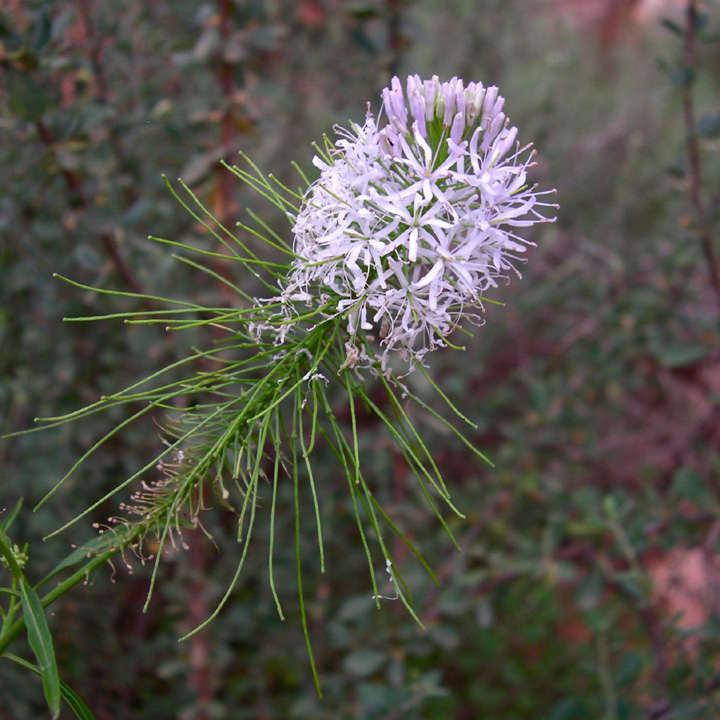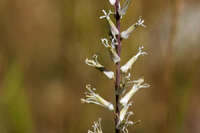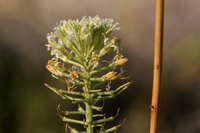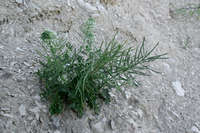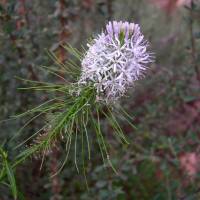Biennials, perennials, or, rarely, annuals; not scapose; glabrous or pubescent. Stems (simple or few to several from base), usually erect, rarely decumbent, branched basally and/or distally, (glabrous or pubescent). Leaves basal and cauline; petiolate or sessile; basal rosulate or not, petiolate, blade margins usually entire, dentate, lyrate or pinnately lobed, rarely laciniate; cauline petiolate or sessile, blade (base cuneate, attenuate, auriculate, sagittate, or amplexicaul), margins often entire, sometimes dentate or pinnately lobed. Racemes (corymbose, dense or lax), usually slightly to considerably elongated in fruit (sometimes not elongated in T. integrifolium). Fruiting pedicels usually horizontal, erect to ascending, or divaricate, rarely reflexed, slender or stout, (flattened or not basally, glabrous). Flowers: sepals usually erect or ascending, rarely spreading to reflexed, ovate to oblong, linear, lanceolate, or oblanceolate, lateral pair slightly saccate or not basally; petals (erect or spreading), white, lavender, or purple, spatulate to obovate, or oblanceolate to linear, (margins crisped or not), claw differentiated or not from blade, (apex rounded); stamens subequal or tetradynamous, (exserted or included); filaments (erect or spreading, usually distinct, very rarely median ones united), not dilated basally; anthers usually linear to linear-oblong, rarely oblong or ovate, (sometimes apiculate, often circinately coiled after dehiscence); nectar glands confluent and subtending bases of stamens, or 2 or 4 and lateral. Fruits stipitate, linear, torulose or smooth, terete, slightly 4-angled, or flattened; valves each with prominent midvein, glabrous; replum rounded; septum complete; ovules 12-128 per ovary; style distinct, (often cylindrical, rarely subclavate or subconical); stigma capitate, entire. Seeds uniseriate, plump or flattened, not winged, usually oblong, rarely ovate; seed coat (minutely reticulate), not mucilaginous when wetted; cotyledons oblique, rarely incumbent or accumbent. x = 13.
As recognized herein and by recent authors (e.g., I. A. Al-Shehbaz 1973; R. C. Rollins 1993), Thelypodium is somewhat heterogeneous and the segregate Stanleyella might merit recognition, as by E. B. Payson (1923). Thelypodium has erect sepals, petals, and stamens, terete fruits, prominently veined fruit septa, and, often, cylindrical styles. In contrast, species of Stanleylla have spreading sepals, petals, and stamens, flattened fruits, veinless fruit septa, and clavate, subclavate, or subconical styles.


